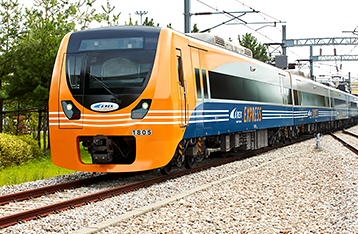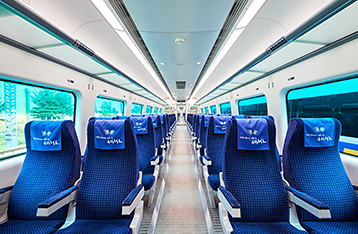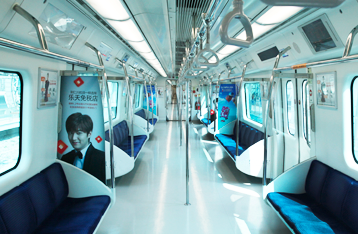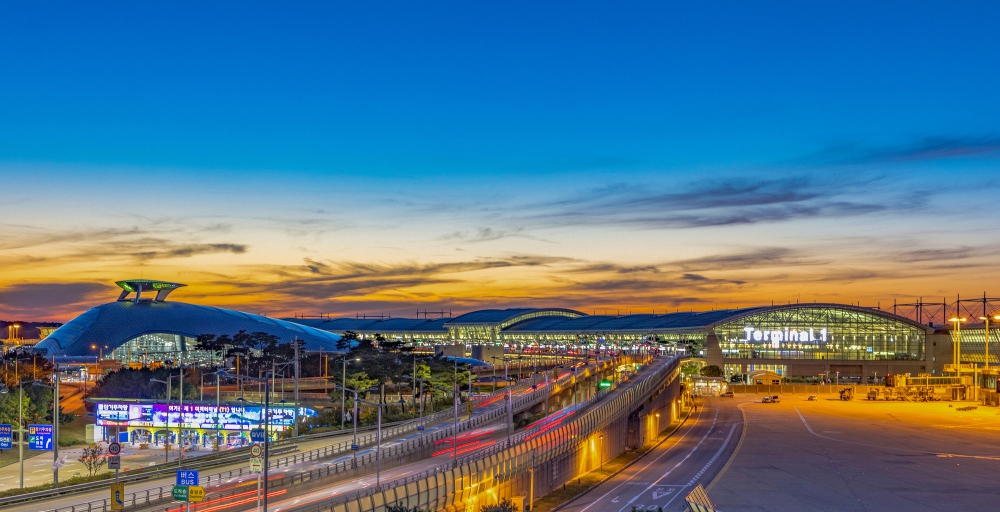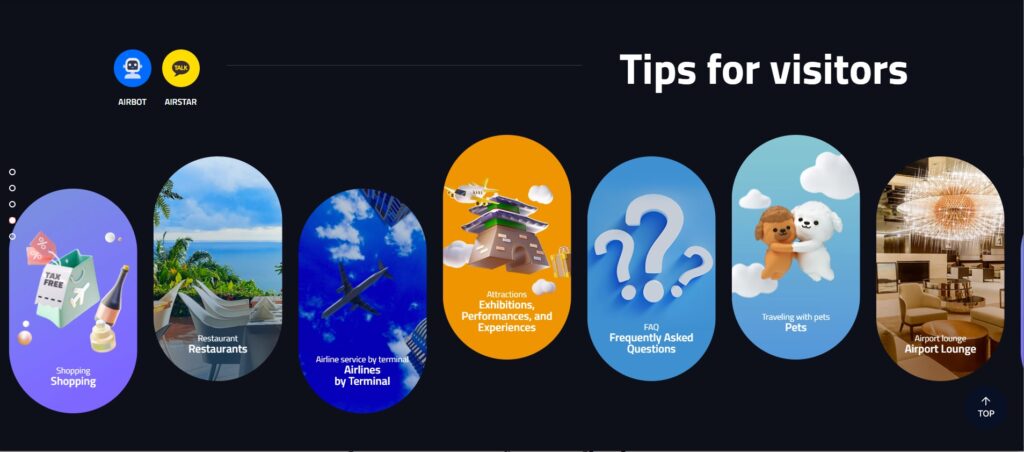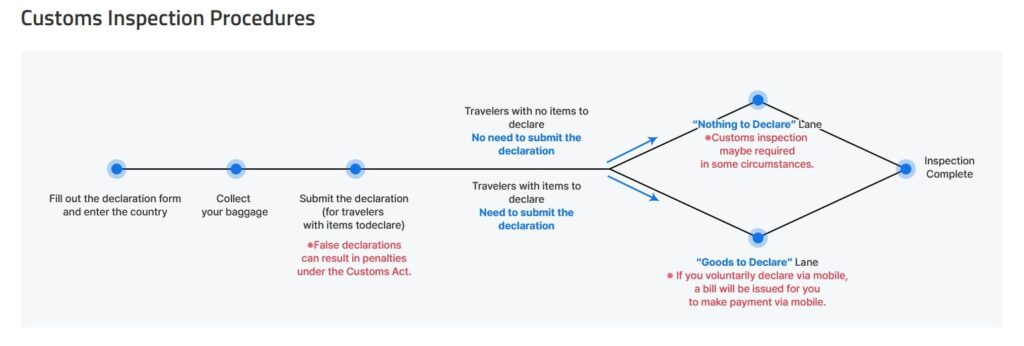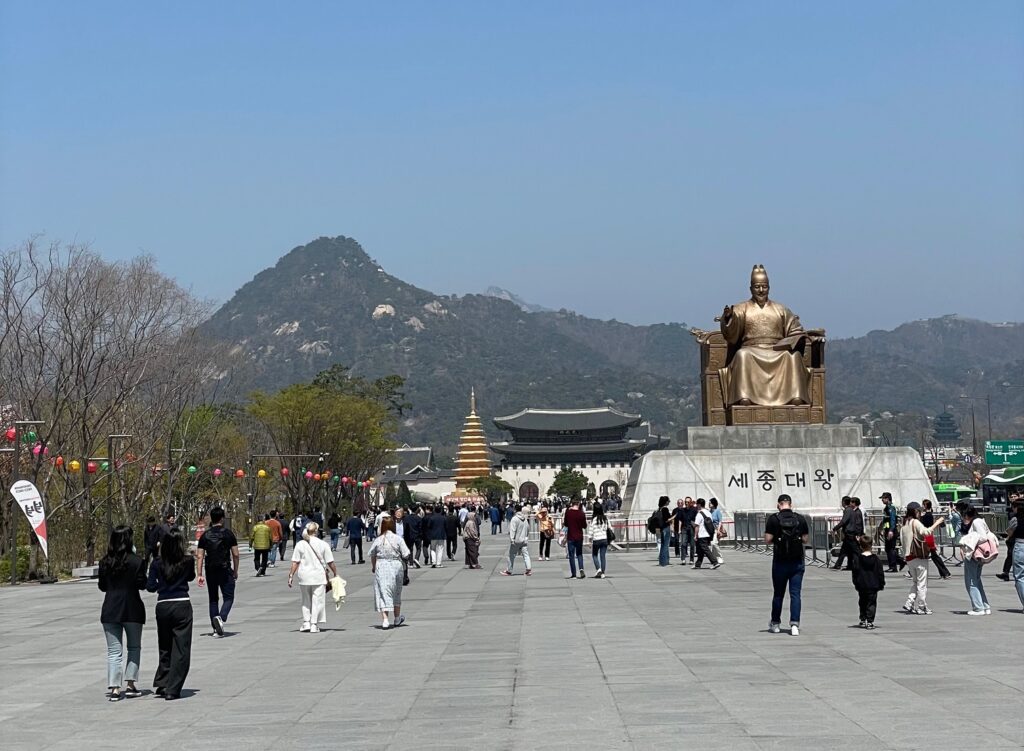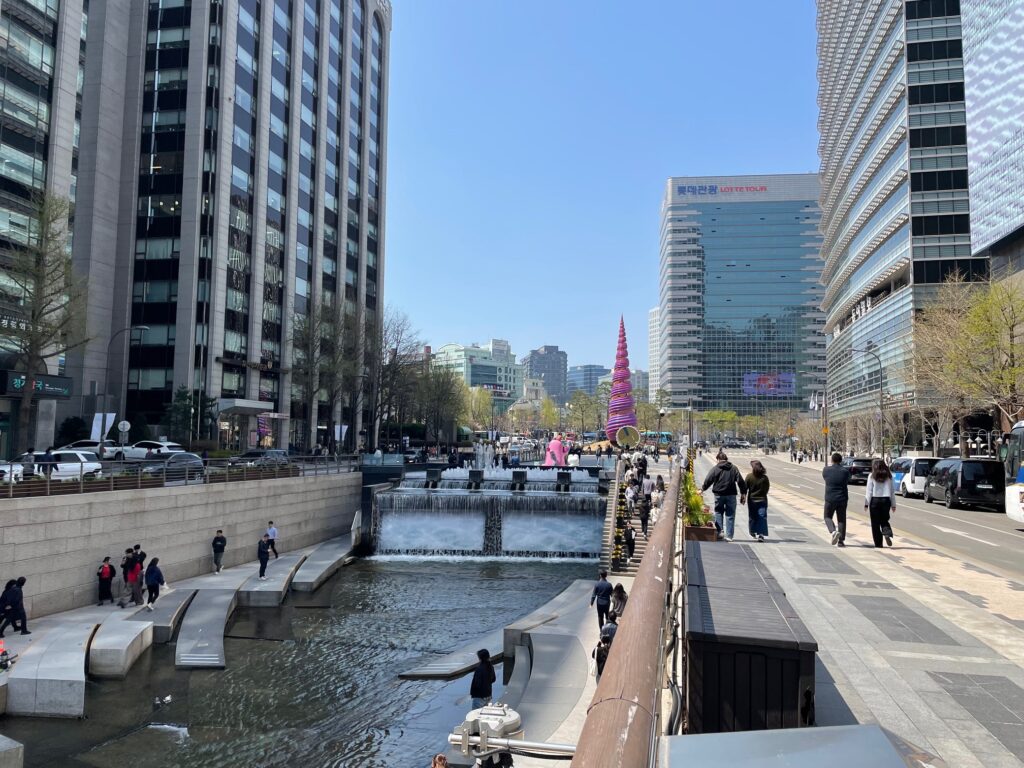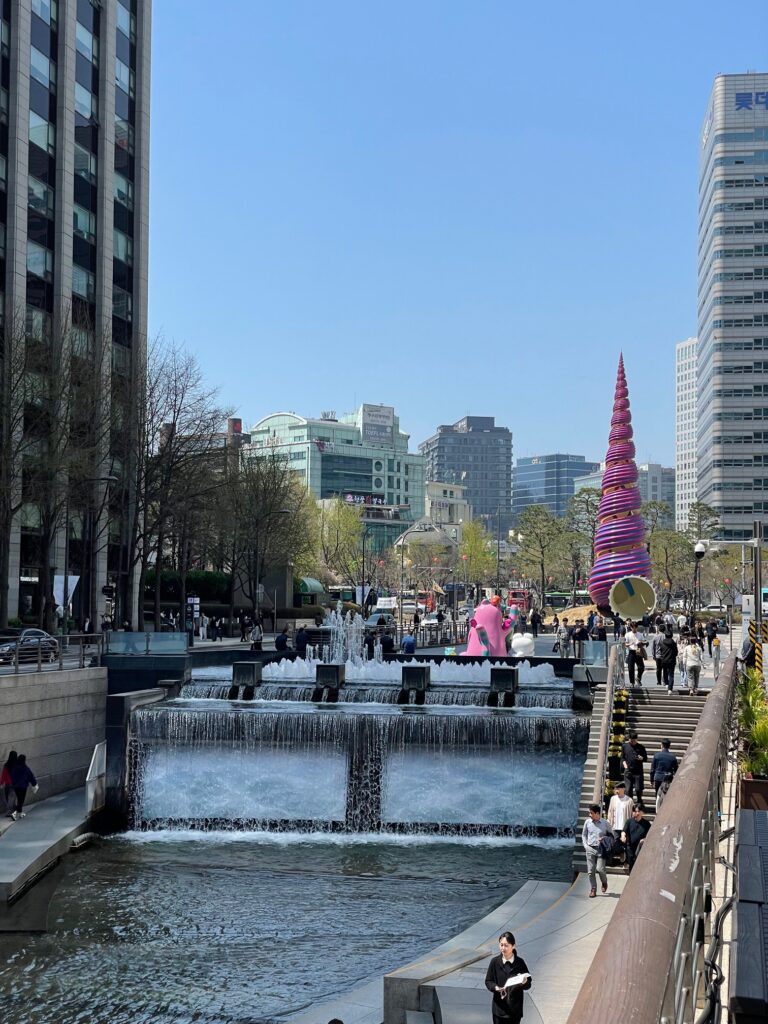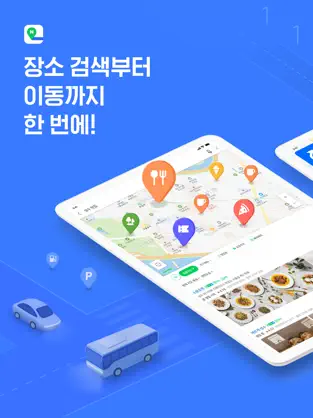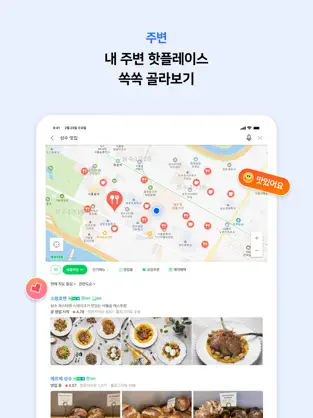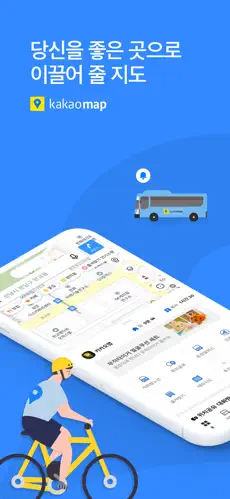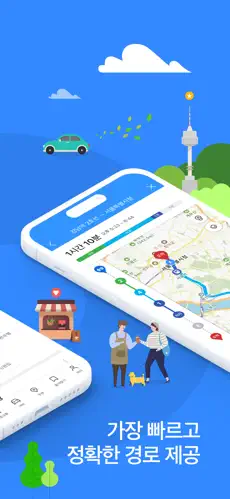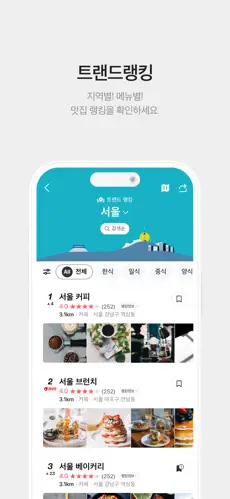If you’re considering a trip to South Korea, you might be wondering about safety. As someone who lives here and shares Korea’s charms with travelers from around the world, I can confidently say: South Korea is one of the safest countries you can visit.
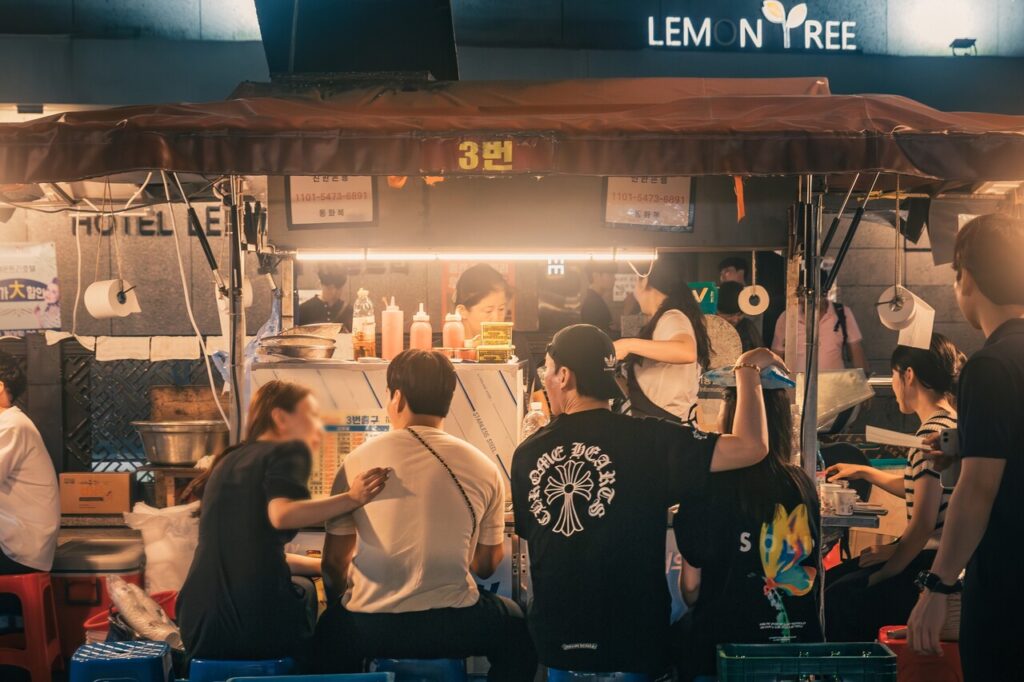
Exceptionally Low Crime Rates
South Korea consistently ranks among the safest countries in the world. Violent crime is extremely rare, and even petty crimes like pickpocketing or scams are uncommon, especially compared to other major cities worldwide 3 4 5 7. In fact, many travelers are surprised to see people leave their phones or bags unattended in cafes or restaurants without worry. Of course, it’s always wise to take basic precautions, but you’ll find that Koreans are generally very respectful of others’ belongings.

Safe to Explore-Even at Night
Whether you’re wandering through the bustling streets of Seoul, exploring a night market, or taking a late-night subway ride, you’ll notice how safe it feels 5 7. Solo travelers, including women, often comment on how comfortable they feel walking around at night. There’s a strong sense of public order, and Korea’s cities are well-lit and lively, even after dark.
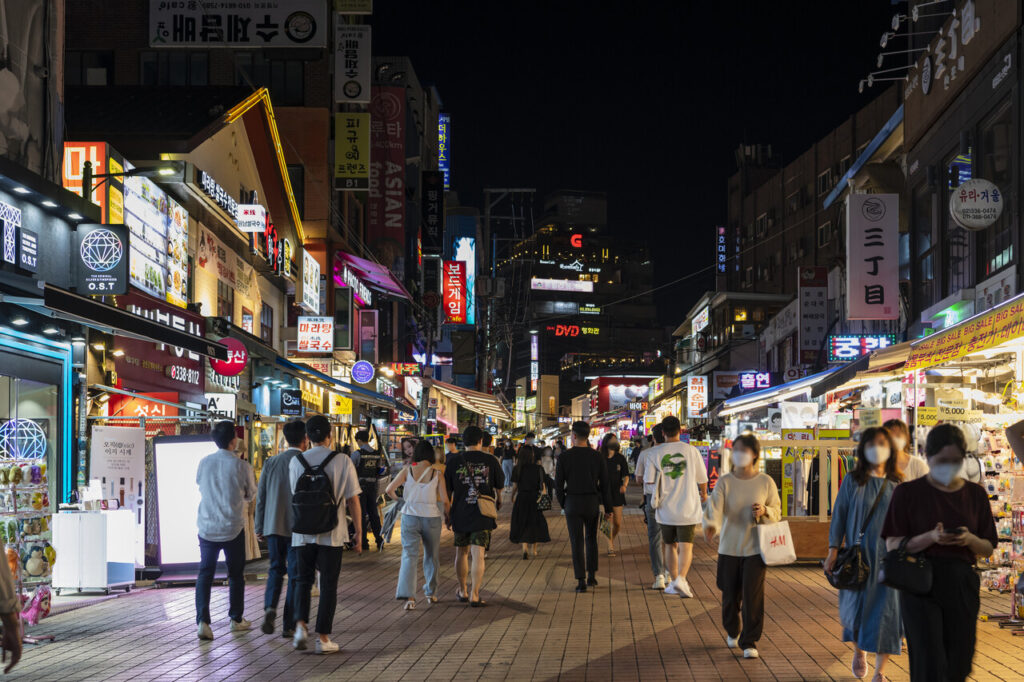
Honest and Helpful Locals
While Koreans may seem reserved at first, most people are honest and willing to help if you need directions or assistance. If you lose something, there’s a good chance it will be turned in to a lost and found center7. Many stores, restaurants, and public spaces are equipped with CCTV, which further deters crime and helps maintain a safe environment.
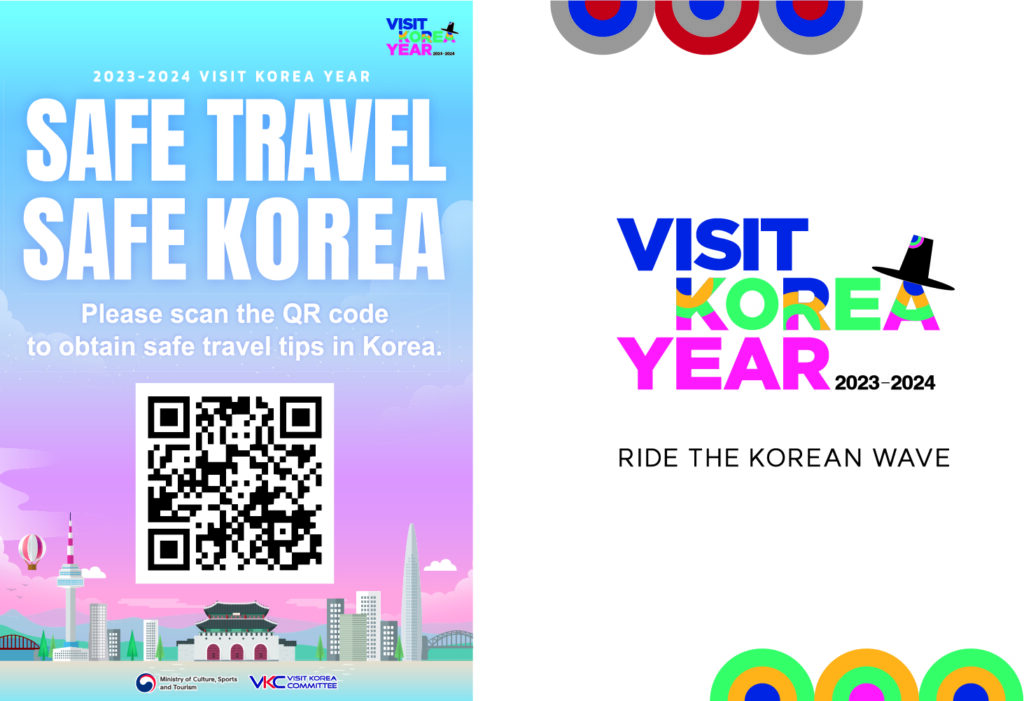
Emergency Preparedness and Infrastructure
South Korea takes public safety seriously. You’ll find emergency equipment like AEDs (defibrillators) in subway stations and public buildings, and there are regular civil emergency drills to ensure everyone knows what to do in case of a rare emergency 2 7. Hospitals in major cities offer foreign language services, and emergency numbers like 119 (for medical emergencies) and 1330 (for tourist information) are available 24/72.
A Few Tips for Travelers
- It’s illegal to use or possess drugs in Korea, and penalties are severe 1 7.
- Always follow local laws and customs for a smooth and safe experience.
- You can also use free Wi-Fi on public transportation such as buses and subways.
Gureum’s thoughts
Meow there, fellow travelers! It’s me, Gureum, your trusty feline guide to the wonders of Korea. Let me tell you something that will make your whiskers twitch with excitement – this place is seriously safe! As a cat who’s seen every nook and cranny of Korean streets, I can confidently say that Korea is like a cozy, protective blanket for travelers.
During my late-night prowls, I’ve watched women walking alone without a care in the world, and children playing freely in neighborhood parks well after sunset. Can you believe it? In many countries, my human friends would be clutching their bags and looking over their shoulders, but here? It’s like everyone is part of one big, protective family. Pickpockets and street crimes are so rare that they’re almost mythical creatures – kind of like those elusive laser pointer dots I can never catch!
I’ve seen tourists walking around with their expensive cameras and smartphones, completely relaxed, without that constant worry of being robbed. Late-night street food adventures? Totally safe. Wandering through city streets at midnight? No problem! As a cat who values both adventure and comfort, I can assure you that Korea offers a sense of security that’s as warm and comforting as the heated floors my humans love so much. So pack your bags, leave your safety fears behind, and get ready for an incredible journey in the safest country a curious traveler (or a clever cat) could dream of! Purrrfect safety is not just a saying here – it’s a way of life. 🐱🇰🇷





